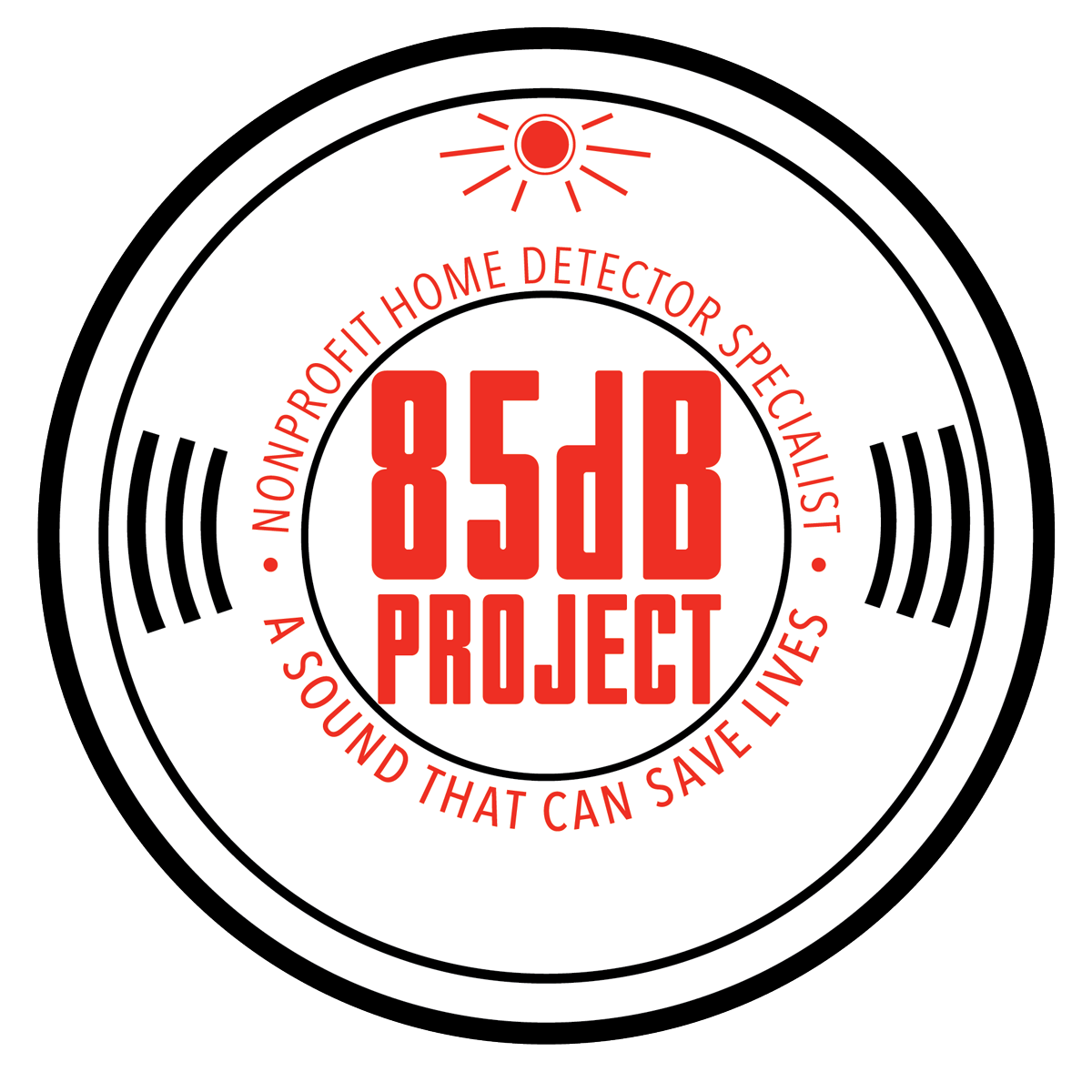Introduction:
In every home, the safety of its occupants is of paramount importance. One of the most critical aspects of home safety is fire prevention and mitigation. Fires can pose significant threats to residential settings, causing harm to lives and property. To ensure the well-being of your household, it is essential to implement various measures and devices aimed at preventing, detecting, and mitigating the impact of fires. This article will delve into the key aspects of fire safety for residential settings.
- Preventive Measures:a. Smoke Alarms: Installing smoke alarms in strategic locations throughout the house is a fundamental step in fire prevention. These devices can detect smoke early on and provide crucial seconds to evacuate or respond to a fire.
b. Fire-Resistant Materials: Consider using fire-resistant materials in the construction and furnishing of your home. Fire-resistant coatings, curtains, and furniture can significantly reduce the spread of flames.
c. Electrical Safety: Regularly check and maintain electrical systems to prevent short circuits or faulty wiring, which are common causes of residential fires. Avoid overloading electrical outlets and use appliances according to manufacturer guidelines.
d. Cooking Safety: Exercise caution in the kitchen by keeping flammable items away from the stove, using timers, and never leaving cooking unattended. Grease buildup in ovens and exhaust fans should be regularly cleaned to prevent potential fire hazards.
- Detection Systems:a. Fire Alarms and Sprinklers: Installing a comprehensive fire detection system that includes both smoke alarms and sprinklers can be a lifesaver. Automatic sprinklers can suppress a fire before it escalates, limiting damage and allowing for safer evacuation.
b. Smart Fire Detection Technology: Consider integrating smart fire detection technology that provides real-time alerts to your smartphone. This allows for immediate response, even when you’re away from home.
- Emergency Preparedness:a. Escape Routes: Plan and practice escape routes with all household members. Knowing how to exit the home quickly and safely is crucial in the event of a fire. Identify multiple exit points and establish a meeting place outside the home.
b. Emergency Contacts: Keep a list of emergency contacts readily available. This should include local fire departments, medical services, and neighbors who can assist during emergencies.
c. Fire Extinguishers: Have fire extinguishers placed in easily accessible areas, such as the kitchen and near potential fire hazards. Ensure that all family members know how to use them correctly.
- Regular Maintenance:a. Appliance Checks: Regularly inspect and maintain household appliances, such as heaters and dryers, to ensure they are in good working condition. Faulty appliances can be a common cause of residential fires.
b. Chimney Cleaning: If your home has a fireplace, schedule regular chimney cleaning to remove creosote buildup. Creosote is highly flammable and can lead to chimney fires if not addressed.
Conclusion:
Implementing a comprehensive fire safety plan is crucial for the well-being of your household. By combining preventive measures, detection systems, emergency preparedness, and regular maintenance, you can significantly reduce the risk of fires in your home. Prioritizing fire safety ensures a secure and protected environment for you and your loved ones.


